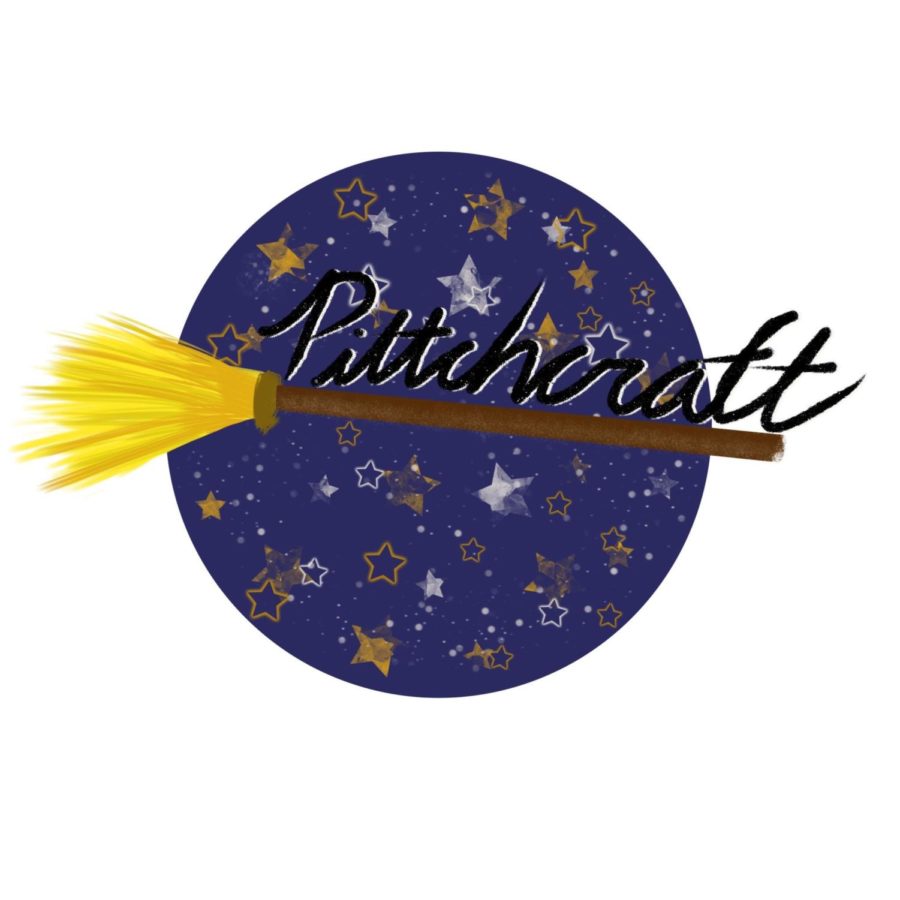Pittchcraft: Witch representation in media
Witches walk among us — seriously. Pittchcraft is a bi-weekly blog written by staff writer Emily Pinigis about her life as a college student and practicing Witch.
More stories from Emily Pinigis
Now that spooky season has officially ended, it is perhaps a very good time to reflect on a certain aspect of the Halloween season — Witches, and the usually negative representation of them in media.
Witches have historically been villainized, depicted as grotesque, vile creatures. Shakespeare’s 1606 play “Macbeth” depicts one of the first and most well-known descriptions of Witches as disgusting old hags who are literally called “The Weird Sisters.” Since then, Witches have almost always been depicted as devilish, fearful beings in popular media.
Just a few decades after the release of “Macbeth,” people’s irrational fears about Witchcraft swelled as a result of rising religious extremism, resulting in legal Witch trials all over the world, from the Basque Witch trials in Spain to the Salem Witch trials in America. Hundreds of innocent women were accused and murdered in cold blood purely for being too bold, too sexual, too powerful or simply too different.
In the years after the official Witch trials ended, Witches were still depicted in a negative light. Even today, no Halloween store is complete without a wrinkly, old, green-skinned woman on a broomstick. While these cheesy decorations are certainly not scary, they are still in poor taste.
These grossly exaggerated Witches occur quite often as the villains in movies. There are massive horror franchises such as “The Blair Witch Project,” “The Witch” and “Rosemary’s Baby” built around the terrifying and demonic acts of ethereal Witches who have sold their souls to Satan. But Witches and Satan have nothing to do with each other.
One particular little detail in mass media that has always annoyed me is the constant representation of pentagrams and their association with evil. Ghost-hunting shows are perhaps the most obnoxious in their dramatization of this. Every time a pentagram is spotted, they are automatically linked to Satanism, but this is just flat-out untrue.
The pentagram has nothing to do with Satanism. In fact, it is a Wiccan symbol much as the cross is to Christianity. The pentagram is a symbol in numerous religions, representing the five wounds of Jesus in Christianity and decorating uniforms in Freemasonry. However, some occultists and magicians began using the symbol in their work, which eventually led the public to associate it with Satanism. When oriented with the point of the star facing upwards, this symbol represents balance, protection and harmony. When it is flipped with the point facing down, it represents evil and disruption.
When a flipped pentagram is drawn with a goat’s head inside of the star, then it becomes the Sigil of Baphomet, which is a Satanic symbol. But you never see such a symbol spray painted on abandoned asylum floors. You see pentagrams painted there, which actually serve to protect the place from evil spirits.
The difference in these symbols is slowly becoming common knowledge to many, as is the true nature of Witchcraft. There are a few shows and movies that portray Witches in a more positive light, and thankfully that number is slowly rising.
One of my favorite examples of this is “American Horror Story: Coven.” This season follows a coven of Witches under the rule of one Supreme Witch, who must train her girls to take her place. While the show is of course dramatized and made excessively fictional, it actually humanizes Witches. For example, it depicts the Witches as a family, deeply caring for one another as if they were related by blood. They even help one another with positive spells, which is something rarely depicted in movies.
Much of what this show depicts is actually rooted in truth, except the over-the-top magic such as time travel and bringing people back from the dead. But the way the coven is rooted in sisterhood and familial bonds is absolutely true. Here, the Witches are the good guys, as well as a badass group of powerful women who run their world according to their own rules.
This show is just one example of the change in the depiction of Witches. This year when shopping for Halloween costumes, I was shocked to see that there was a line of genuinely cool Witchy apparel and even some home accessories. There was everyday clothing with stars and moons and other magical symbols on it. There was even dish towels that said “Basic Witch” and other cute things. It wasn’t all green warty masks and broomsticks.
Through all of this, I don’t mean to say that the media’s depiction of Witches is totally unfair and wrong. I understand that many people do not realize Witches actually exist outside of Halloween. It is undeniable that the history of Witches is dark and easily capitalized off of in the film industry. It just needs to be said that the media grossly exaggerates and often misinterprets what it means to be a Witch.







